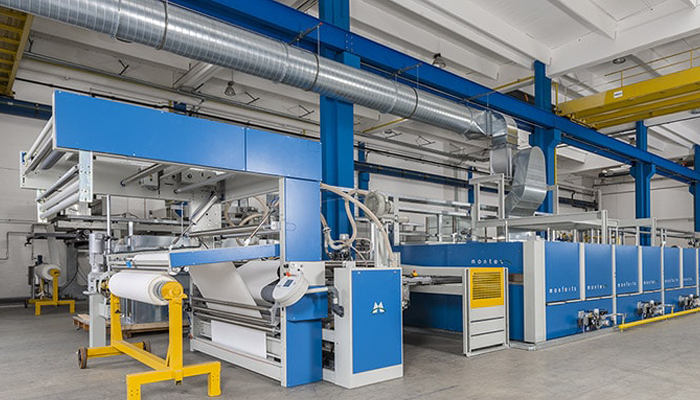
As proud Indians, Indians need to know some important facts about the wholesale fabric, global Textile and Apparel industries existing in the country. India is the second-largest textile producer after China.
Promising textile industry
Second Largest Textile – India is the second-largest textile producer in the world after China. The entire textile and apparel industry accounts for around 4% of the entire gross domestic product of India. More than 14% of the country’s export revenue is generated from the textile manufacturing industry. Today, the industry value is around USD 110 billion, which offers employment opportunities to around 105 million individuals directly and another 50 million jobs indirectly.
Total Size of Textile Industry – The total size of the textile industry in India is around USD 108 billion in 2015 and is expected to grow to USD 226 billion by the year 2023. Progressive growth is happening at a CAGR of around 8.7% between the years 2009 and 2023.
Employment By Textil Industry – The textile industry in India employs more than 45 million individuals, which makes the sector the largest employment-generating sector in the entire country. There are various direct and indirect employment opportunities and positions. This directly affects the country’s GDP.
Strength of Textile Industry – The strength of the textile industry in the country is because of its wide array of fabric and yarn manufacturing conditions. India is home to some of the most popular and recognized kinds of fabric and yarns produced from both natural as well as man-made processes. Some of the natural fabrics that are very popular in India are cotton, silk, wool, and jute. India is also home to some of the world’s most eminent fabrics like rayon, polyester, acrylic, and viscose.
Global Product – The Indian textile industry holds around 14% of global production when it comes to textile fabric and yarn. It holds reputed positions globally in terms of natural as well as man-made fabrics. India is the largest producer of jute in the world. In terms of cellulosic fabric, India ranks 3rd in terms of the global ranking.
Man-Made Fabric – In terms of man-made fabric, India is the second-largest producer globally when it comes to artificial and filament fabric worldwide. It has recorded a production of the man-made fabric of approximately 2511 million kilograms in the year 2016. Production of artificial fabric in the country has always been a popular trend. India has stopped 1.34 million tons of man-made fabric in the financial year 2015. In the initial months of the financial year 2016, the production of man-made fabric was around 0.77 million tons.
Total Value – The total value of textile industry exports in the country is about to reach USD 40 billion. It represents approximately 40% of the total exports of the textile and apparel industry in India. The technical industry of textiles has seen fast and rapid growth in recent years, which shows a good number by the year 2023. The growth rate will be around 9.6 from the year 2014 to 2023.
Government Scheme for Textile Industry – The textile industry in India has received massive help from government schemes. The Indian government has allotted approximately 1 billion for every small and medium enterprise related to the textile and apparel groups of industries. There are various government initiatives as well to improve the skills and working conditions in the textile industry.
Total Investment – The Indian textile has received one of the highest foreign direct investments in the financial year 2016. The investment’s approximate value was USD 2.4 billion. The textile and apparel industries in India. It has been one of the best hubs for investment by giant apparel brands.
In a nutshell,
In the promising textile and apparel industry of the country. Trident Limited, was established in the year 1990. It has emerged as a leading textile brand under the visionary of its founder, Mr. Rajinder Gupta. It is one of the leading manufacturers of wholesale fabric, yarn, bed linen, bath linen, personal care products, chemicals, and captive power.




